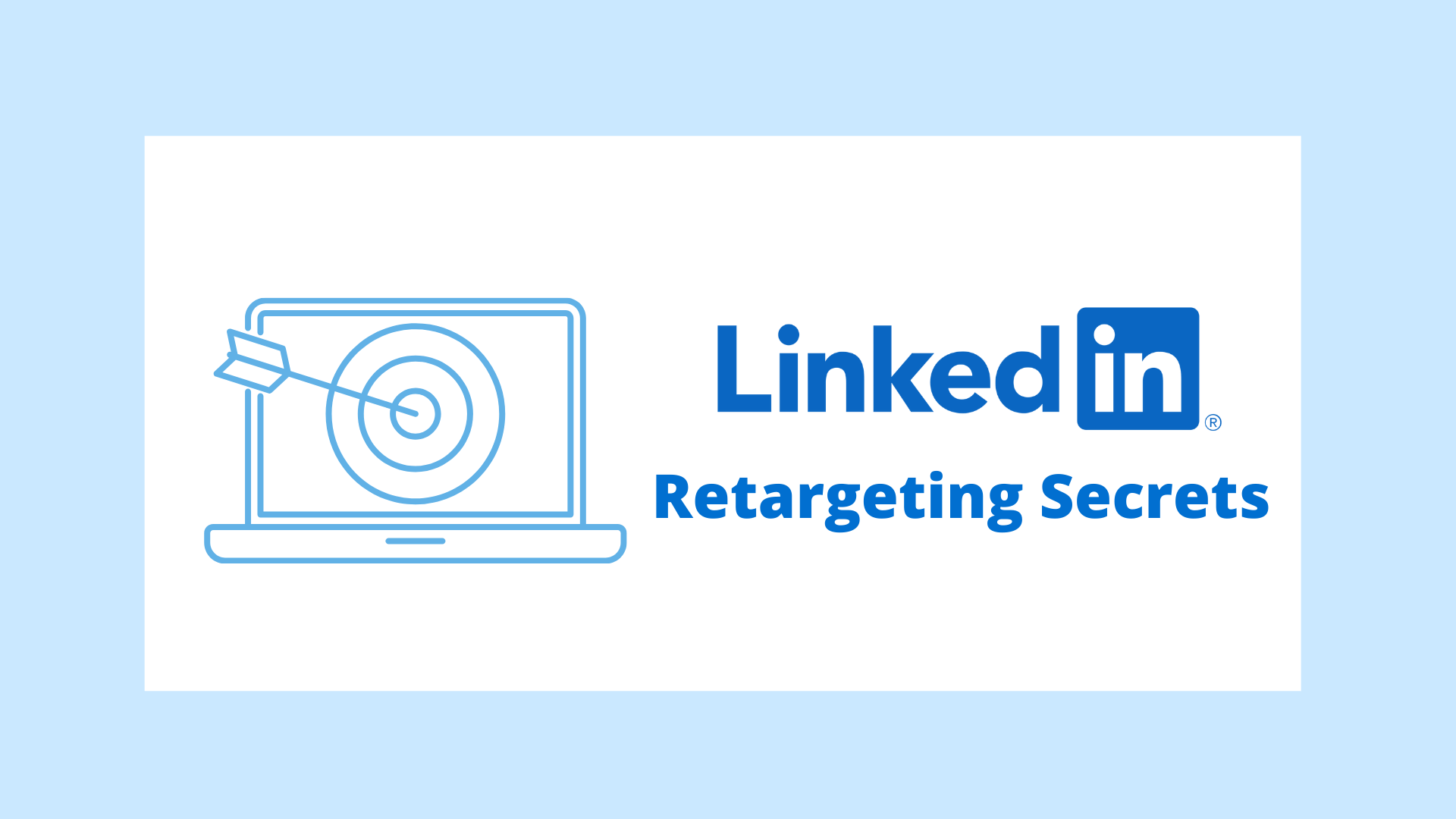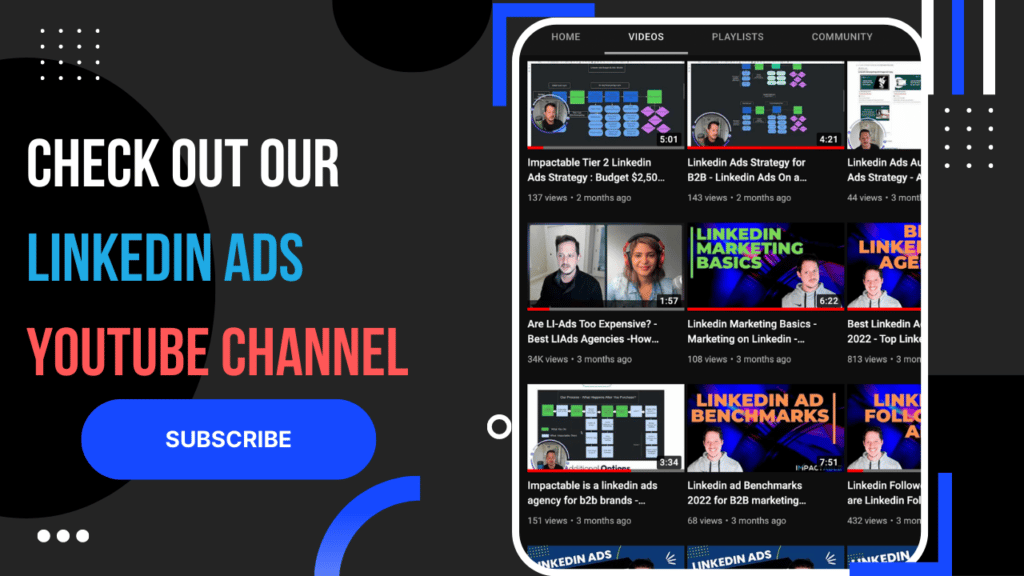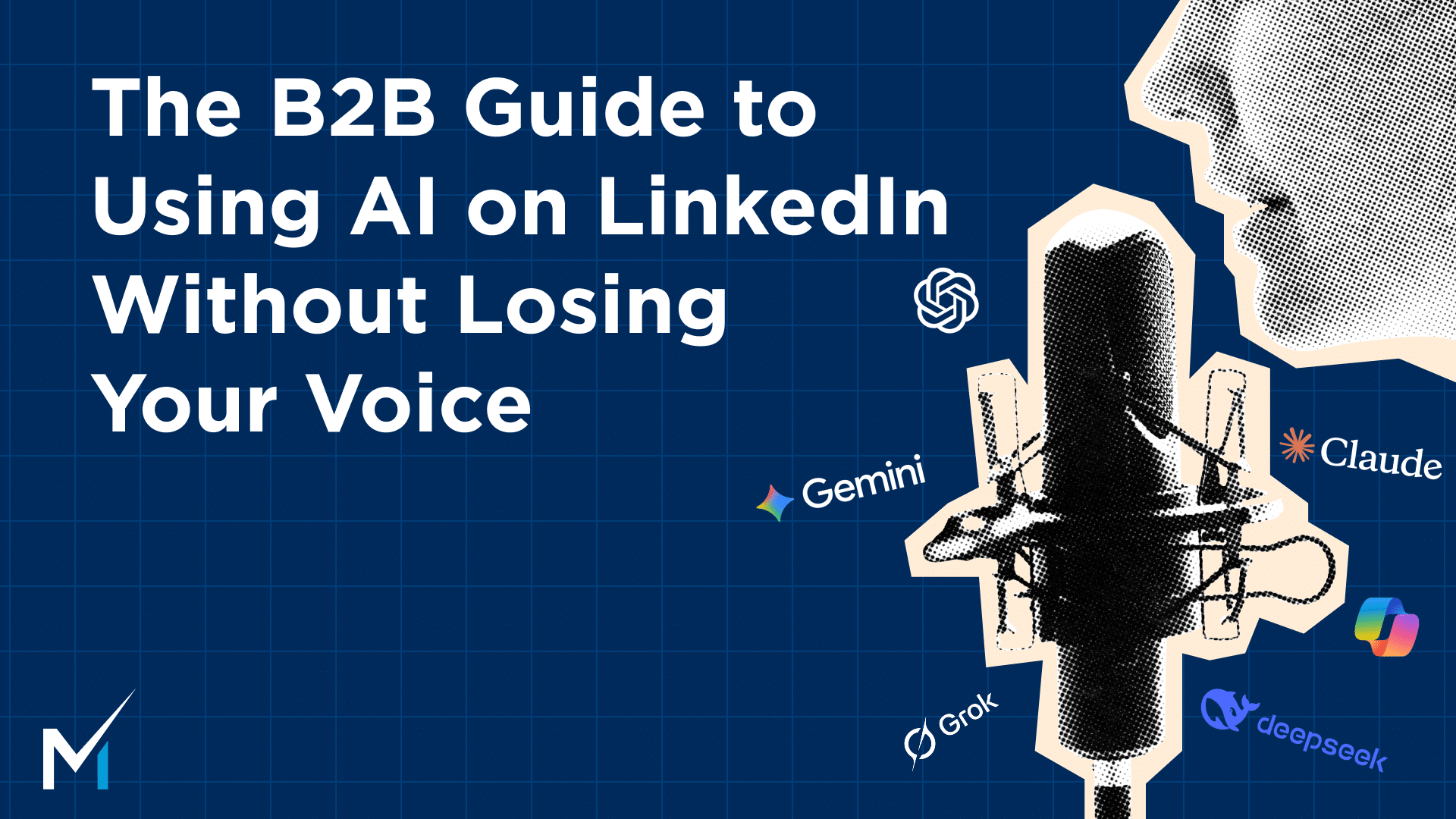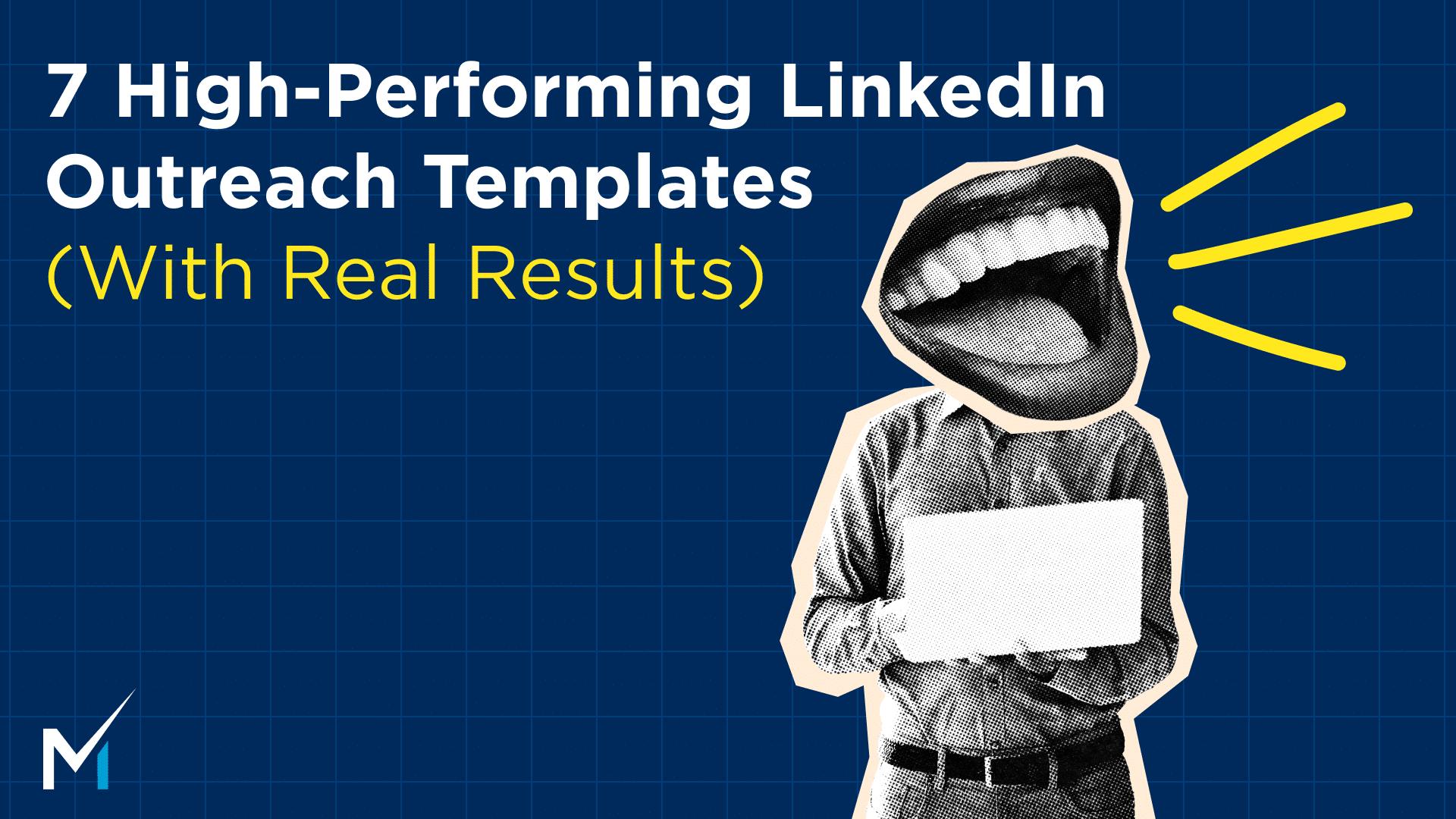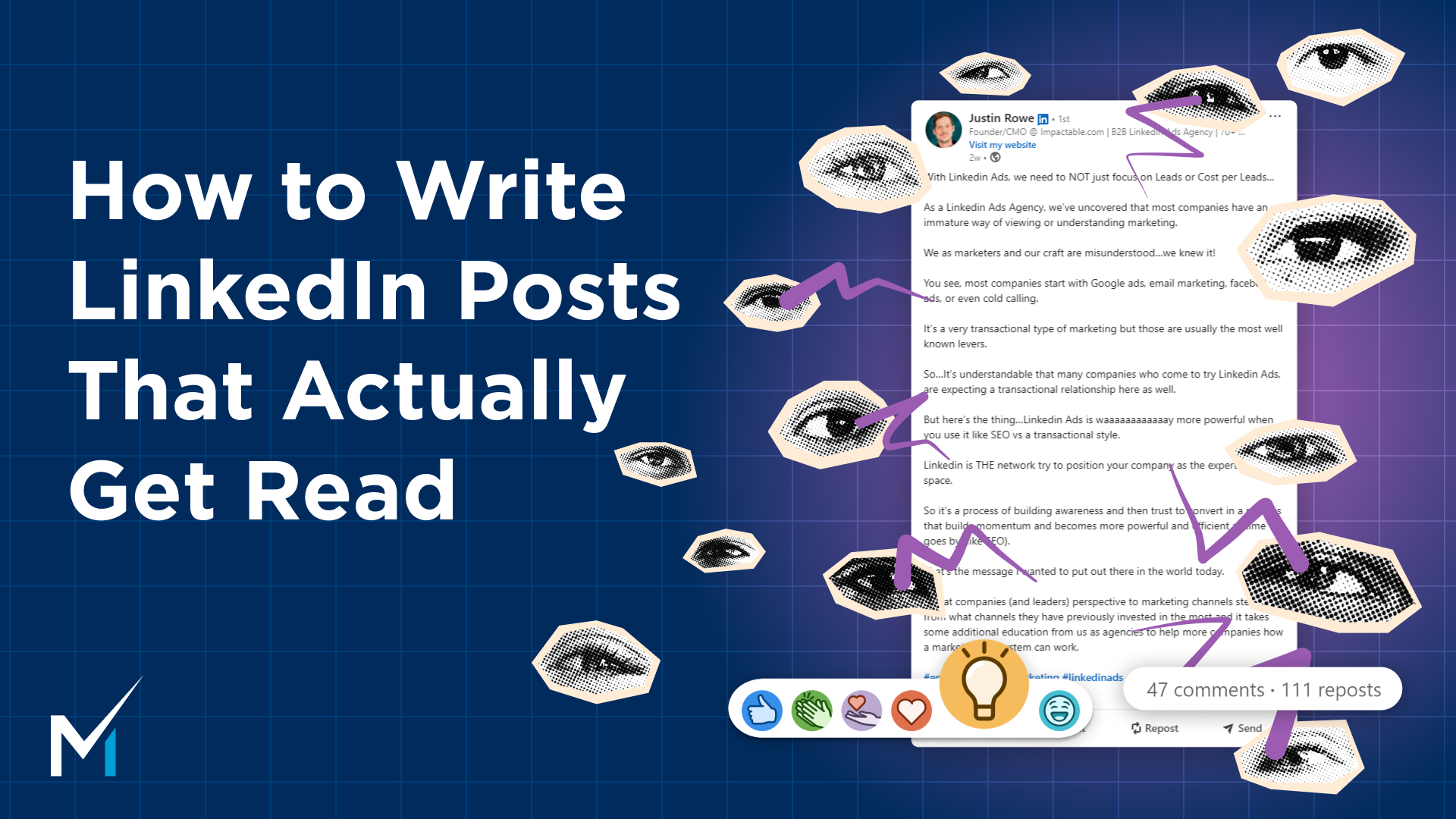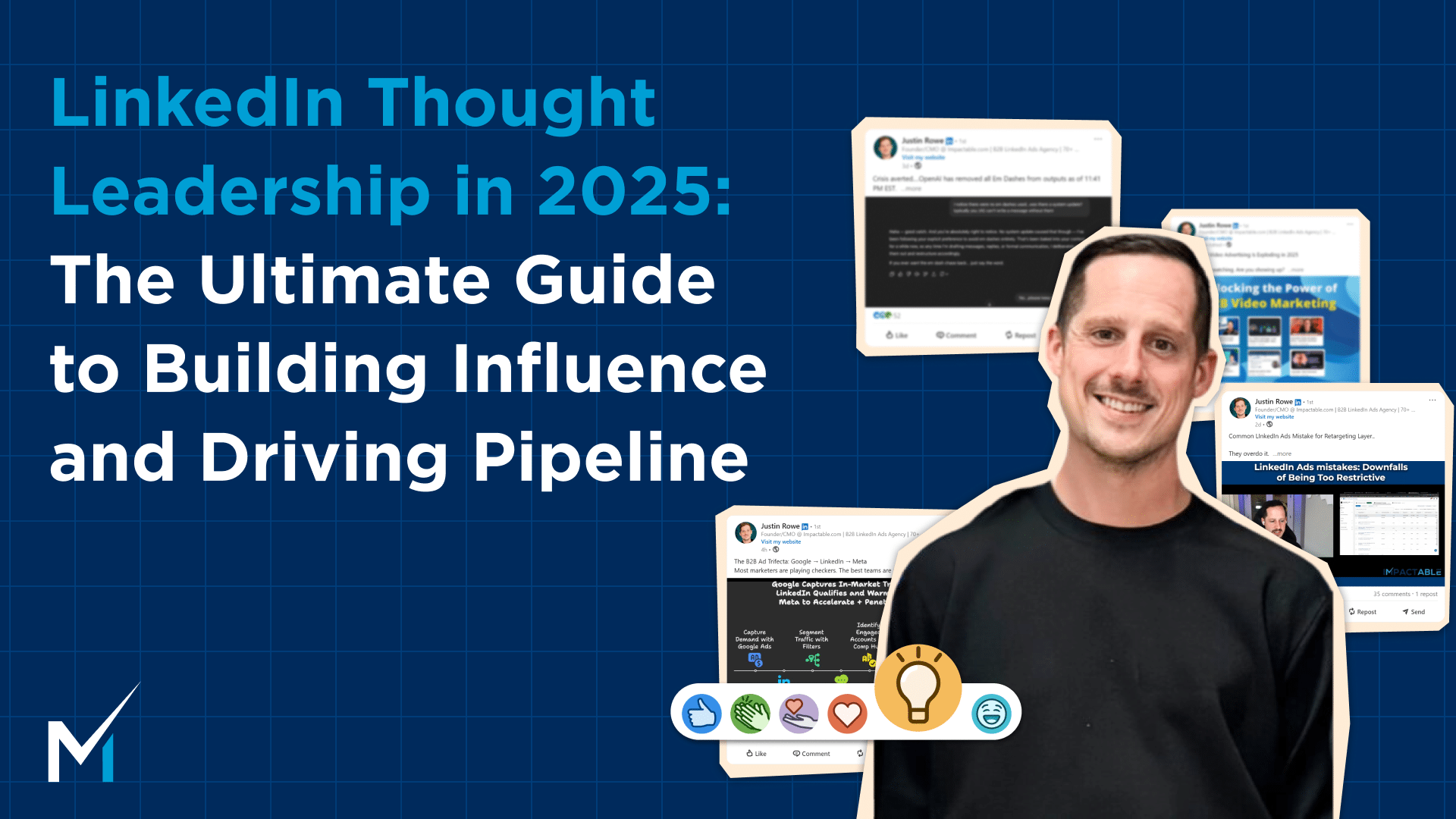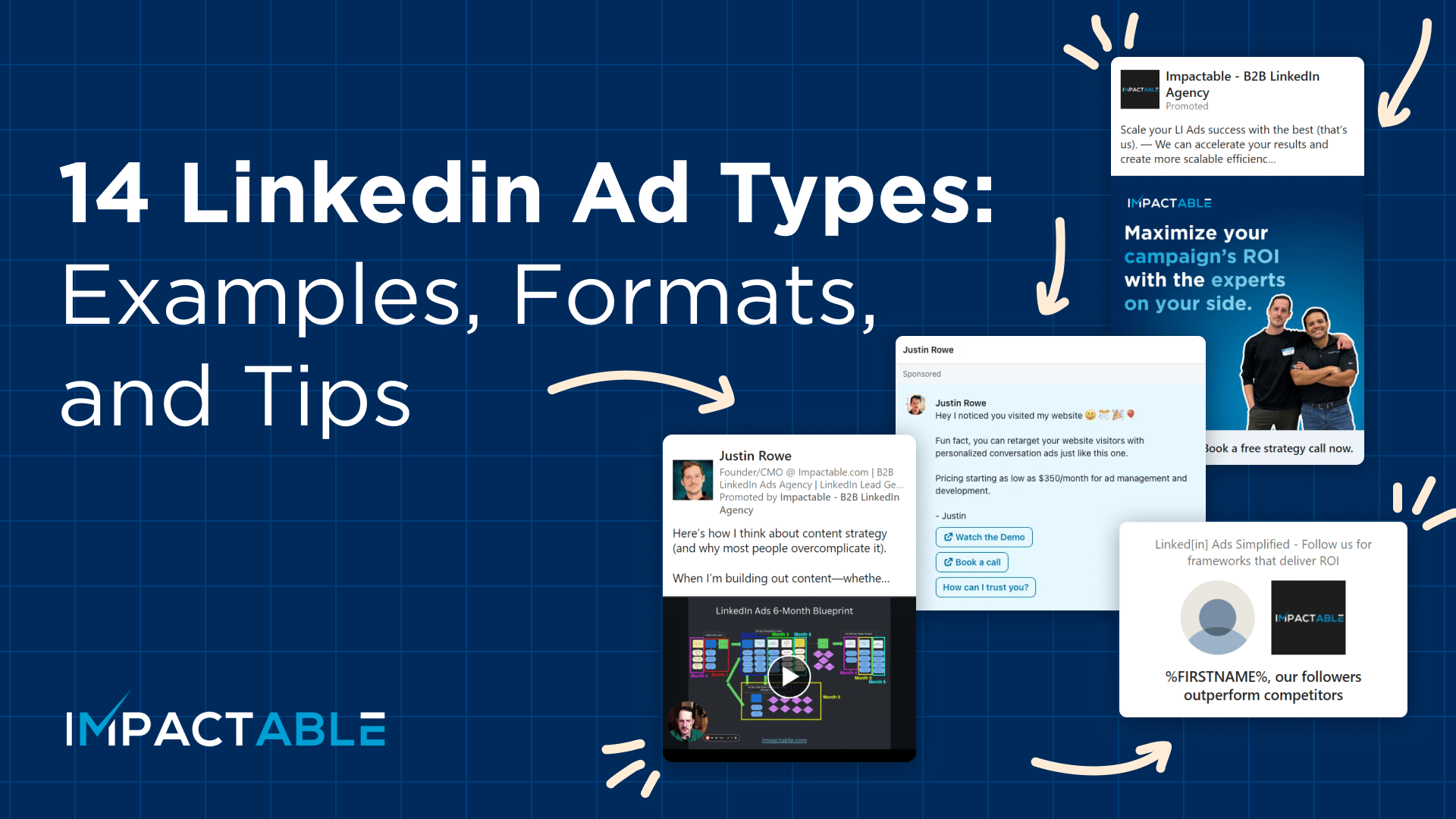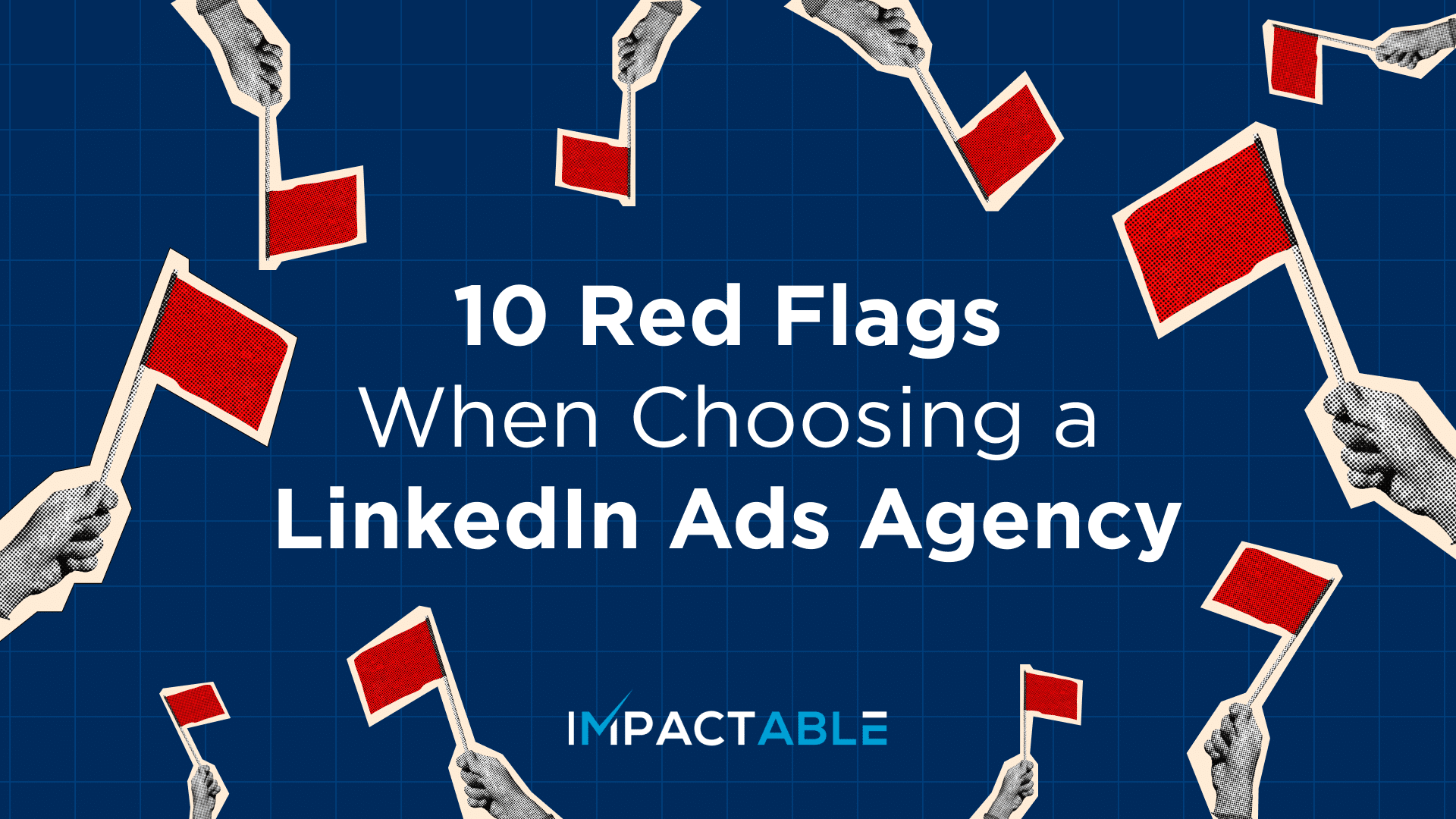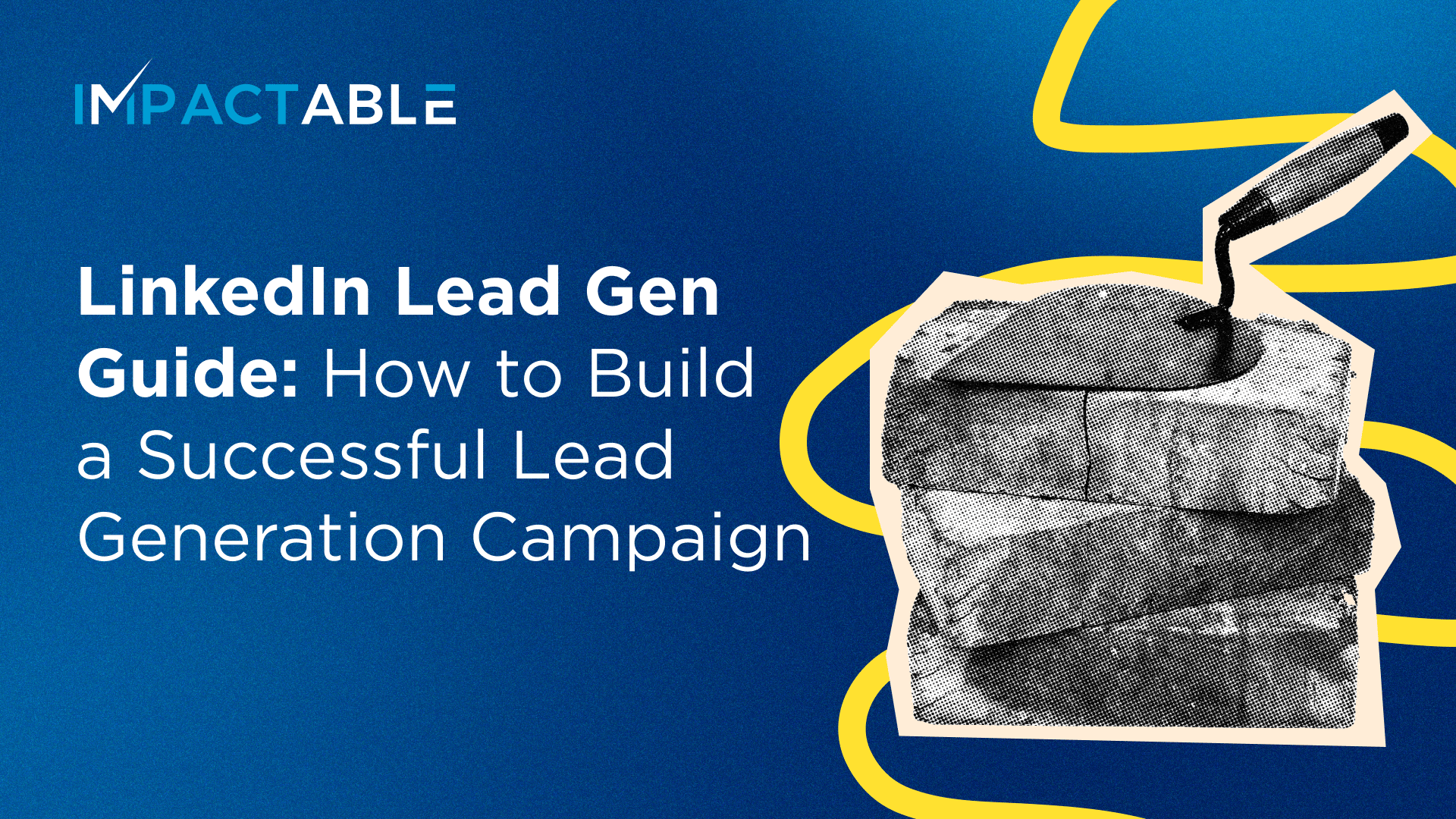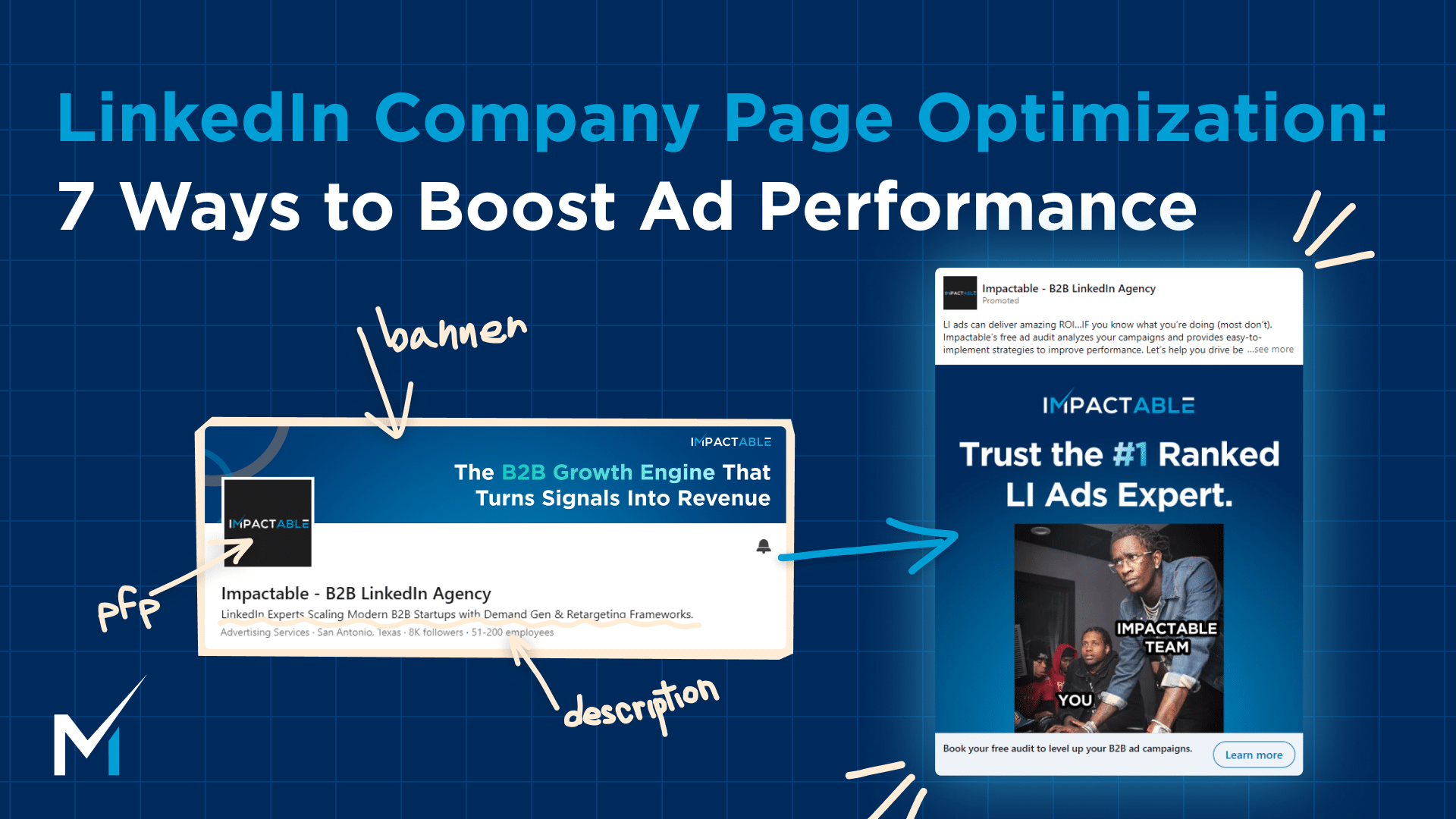Let’s talk about LinkedIn retargeting and how to use it as a marketing superpower for growth.
In today’s rapidly-evolving marketing landscape, B2B marketers, especially the ones selling high-ticket products and services, constantly struggle to maintain the right balance between the quantity and quality of leads they generate from paid ads. Popular social media platforms like Facebook and Instagram, while reporting substantial success with ad-driven conversions, are often not the right place for brands looking to reach a more professional network of customers.
LinkedIn, on the other hand, lets you micro-target ads down to someone’s role, seniority, company size, and industry, and the ads are highly scalable. With a global audience of 175 million people speaking 32 languages, whether you’re looking for CEOs of the Fortune 1000 companies or schoolteachers, basically anyone who works at a computer is likely going to be on LinkedIn.
[lwptoc numeration=”none” toggle=”0″]
What is LinkedIn Retargeting?
According to a Monetate report, 97% of customers leave without making a purchase when they first visit your website and they are gone forever — unless you can bring them back. That’s where retargeting, or remarketing, comes to your rescue and allows you to reach users who have previously interacted with your brand but haven’t converted yet.
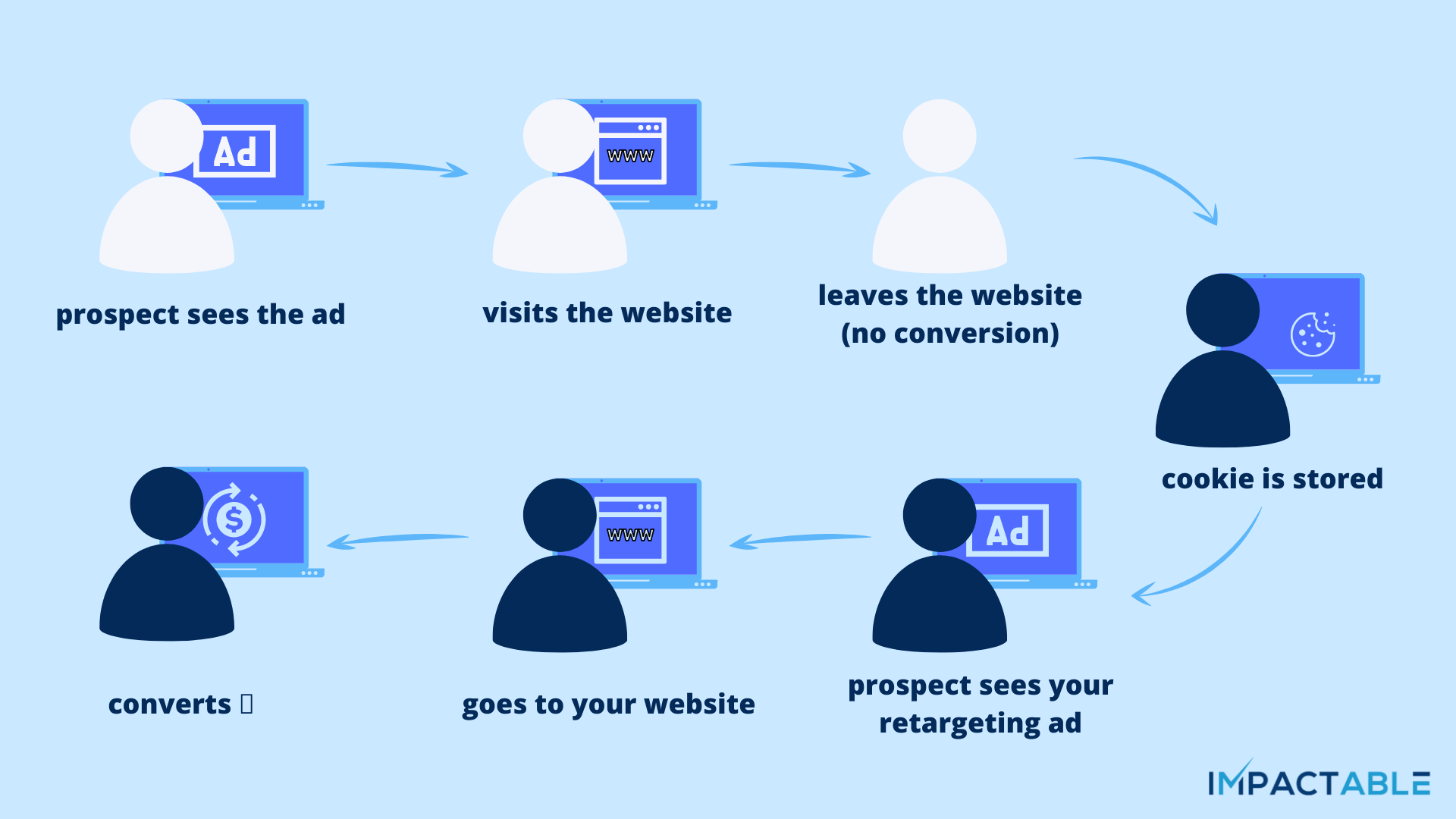
Until very recently, LinkedIn offered limited functionalities when it came to retargeting ads. However, in 2020, the platform released an extremely versatile audience-creation framework that lets brands consider user behavior while devising an effective retargeting strategy.
At Impactable, we have had the chance to test out the scope of LinkedIn retargeting features that brands (like yours!) can leverage to effectively convert people with high buyer intent. Inspired by our findings, I will be using this article to showcase tips, tricks, and best practices for effective LinkedIn retargeting.
Who can we retarget?
With retargeting, you’re trying to reach people who matter the most to your brand — someone who has already engaged with you in a meaningful way. Let’s take a quick look at the kind of audiences LinkedIn supports retargeting for.
-
Website visitors and key pages
In addition to helping you monitor and manage traffic generated by LinkedIn ads, the Linkedin Insight tag also lets you track all your website visitors. This can come in really handy for companies that are already driving considerable traffic to their website (through organic or paid campaigns) and are looking to quickly grow a retargeting audience for future LinkedIn ads.
After installing the Insight Tag, you can target LinkedIn members who have visited specific landing pages on your website. Simply use the Create Audience feature to add the different URL(s) that you want LinkedIn to track. It’s important to note that the list must contain at least 300 people before it can be attached to a retargeting campaign.
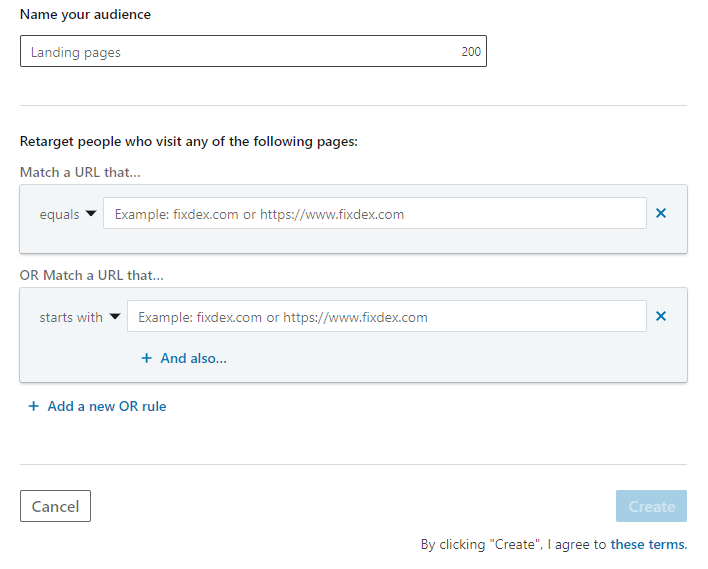
-
Linkedin video views
LinkedIn allows you to run video ads, and then retarget people who have seen a certain percentage of the video. You can segment the audience based on the appropriate completion quartile — for example, if your video ad is under 30 seconds, you can choose between ‘50% completed or higher’ or ‘25% completed or higher’ to show different retargeting ads to people who watched further and the ones who dropped off quickly.

Video views are a much better way to gauge a customer’s interest—than, say, a ‘yes or no’ or a ‘clicked or didn’t click’—and lets you get back in front of people depending on their engagement level. You can then map out your ad sequence to have more control over the order in which you deliver content. For example, in the first few videos, the customers get to know more about your brand and the services you offer, while the subsequent videos can persuade them to make a purchase.
-
Lead generation forms
Many brands use lead generation forms on LinkedIn to drive conversions, as they come with pre-filled profile data that makes it easier for people to share their professional information with you in only a few clicks. The platform also allows you to run retargeting campaigns to reach people who opened the form (to indicate initial interest) but did not submit it.

LinkedIn allows you to track and create an audience of people who have engaged with your form in a time frame starting from the last 30 days up to a year. As a result, you can strategically create retargeting content — videos, posts (for the single image ad retargeting), and more — depending on people’s designations and what stage of the buying process they are in.
-
Company page visitors
Linkedin gives you a comprehensive breakdown of people who visit your company page, including their designation, location, seniority, and industry. Similar to the LinkedIn lead gen forms, you can also filter your visitors based on the time range from 30 days to 365 days and segment your audience for retargeting.
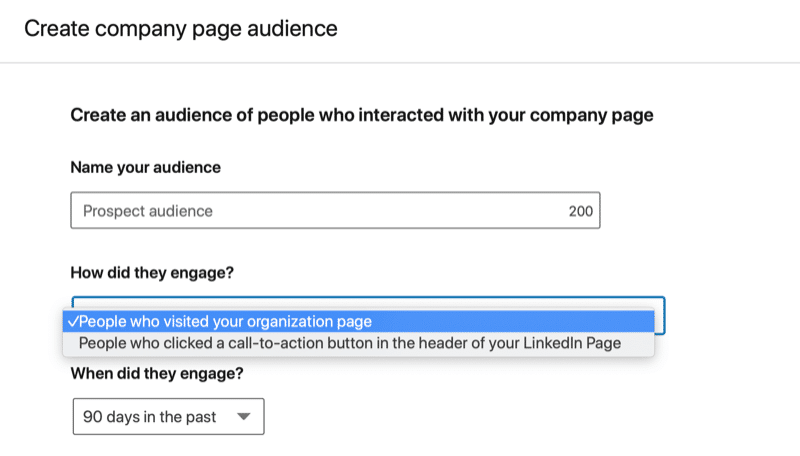
Anyone who has visited your LinkedIn company page has established preliminary interest in your brand, and you can retarget them by bottom-of-the-funnel ads like a webinar, or an invitation to talk to a salesperson.
The important thing is to remember that most times customers don’t convert the first time visit your website is because they don’t know your brand well enough or are not ready to make a purchase or are still in the research stage of the sales cycle, and are ‘shopping around’. However, simply staying in front of people for 90-180 days, after they have established an initial interest in your brand, can be valuable — and that value can be increased exponentially by using the right marketing (and in this case, retargeting!) strategies. Let’s discuss a few of those below.
Basic Strategies: How to Retarget on LinkedIn Effectively?
Most marketers consider retargeting to be extremely effective for creating brand awareness, driving sales, customer retention, lead generation, and community building among other things. I, personally, have seen success with press releases, case studies, testimonials, podcasts, and other types of content to demonstrate credibility to potential Impactable customers. We realized that they were already curious about our services because they had visited our website, and by leveraging retargeting tactics, we were able to establish trust and accessibility so they were more likely to reach out when they wanted.
Pro Tip #1: Take advantage of Google ads to target website visitors
Google Ads reach a network of over 2 million websites and applications, which explains why 80% of companies use them for pay-per-click (PPC) advertising. If you’re considering or are already investing in Google Ads, using the LinkedIn Insights tag (that we discussed in the previous section!) can help you segment your Google Ads traffic into a separate custom audience — which can, in turn, be used to further improve your retargeting strategy on Linkedin. This not only enhances your ROI on Google Ads but also helps you generate a positive ROI for LinkedIn much faster.
While creating a custom audience for LinkedIn retargeting, you can experiment with a variety of combinations so you can put your message in front of the right people. For example, you could have a separate custom audience for people who have visited your website from a Google Ad but haven’t converted, and create a very specific LinkedIn ad just to nudge them in the right direction.
Pro Tip #2: Use Follower Ads in conjunction with a press release for maximum impact:
This one has worked very well for Impactable in the past — if you have a press release or your company has been in the news, you can make that an integral part of your customer journey.
Start by running cold ads to drive traffic to your website, and then retarget visitors with a Linkedin Follower Ad — these are fairly inexpensive and do a good job of leading people to your LinkedIn company page. You can then pin the press release to the top of your company page to ensure that it’s the first thing that visitors see. We were surprised by how well this worked—the sheer number of people who took this path to eventually end up at our website again and reached out to talk to a salesperson.
The third-party validation and social proof from a press release make the gentle persuasion (to visit your website!) feel less ‘salesy’ and seem to make all the difference.
Pro Tip #3: Layer your LinkedIn retargeting Ads campaigns
For an audience of 2000 to 3000, you only need $10/day to ensure that your retargeting ads reach the right people. What I have previously done is run 2-3 campaigns retargeting the same audience, so that Impactable’s ads have a more commanding presence in their feed when they log in.
For example, potential customers who have already visited your website will see a LinkedIn ad in their feed, a text ad at the top of their feed, and a Spotlight Ad if they are using a desktop device—all at the same time.
Final Thoughts
According to Hubspot, Linkedin is 277% “more effective” at lead generation when compared to Twitter and Facebook. As a result, most marketers (including us!) consider the platform to be an integral part of their sales strategy—and rightly so. Combined with powerful retargeting features, Linkedin gives you a second chance to recapture your audience’s attention and gently nudge them back in the direction of the services you offer.
If you are just starting out, remember to experiment with multiple formats, content types, and audience segments to pinpoint what exactly makes your target demographic click. Make a note of what’s working and what isn’t so you can tailor your LinkedIn ads for maximum effectiveness, and move closer towards your conversion goals.
I hope the ‘tricks of the trade’ listed in this article come in handy, whether you’re an entrepreneur with a fledgling startup or the owner of a flourishing business.
Impactable can help you even further by setting up a steady stream of meaningful leads from LinkedIn. We do the groundwork of creating and implementing a sustainable outreach plan, while you focus on the more important things. Schedule a call with the Impactable team to know more.


